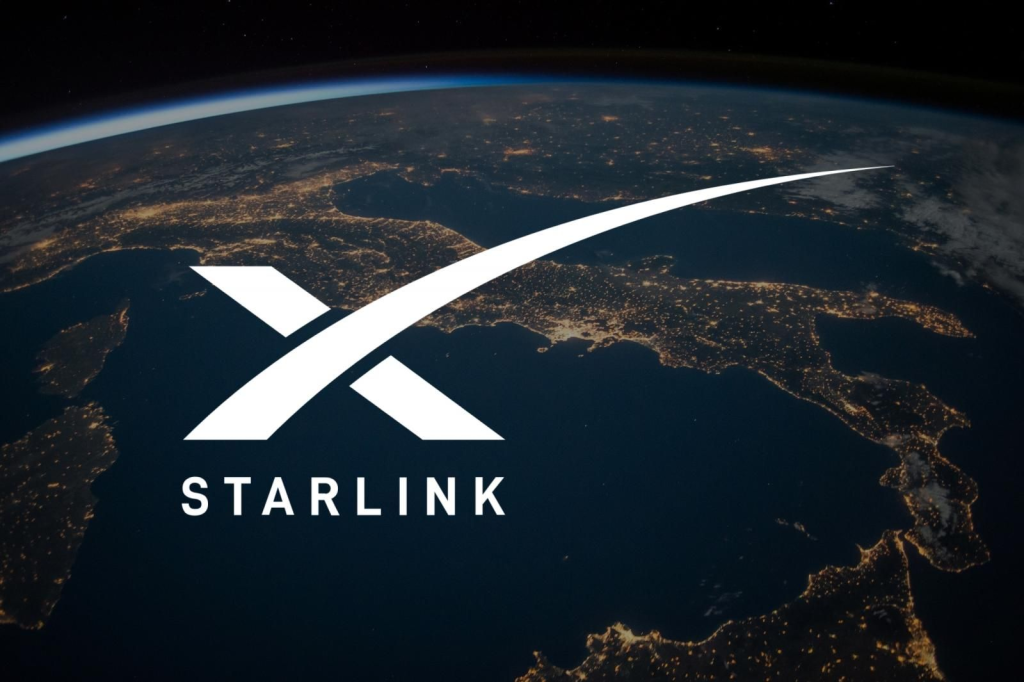Slowly but surely, Starlink is growing into a leading broadband internet alternative. Its network of low Earth orbit satellites ensures its users high-speed internet access, even in areas where traditional infrastructure such as cell towers can’t reach. Now, that technology can provide service to your mobile device.
On Monday, T-Mobile opened registration for a T-Mobile Starlink beta program that aims to eliminate dead zones by leveraging Starlink’s 300 direct‑to‑cell satellites to provide coverage for 500,000 square miles of land in the US that are not covered by cell towers, according to T-Mobile.
Satellite Illustration
Getty Images/Mark Garlick/Science Photo Library
Slowly but surely, Starlink is growing into a leading broadband internet alternative. Its network of low Earth orbit satellites ensures its users high-speed internet access, even in areas where traditional infrastructure such as cell towers can’t reach. Now, that technology can provide service to your mobile device.
On Monday, T-Mobile opened registration for a T-Mobile Starlink beta program that aims to eliminate dead zones by leveraging Starlink’s 300 direct‑to‑cell satellites to provide coverage for 500,000 square miles of land in the US that are not covered by cell towers, according to T-Mobile.
Also: Mesh routers vs. Wi-Fi routers: What is best for your home office?
At launch — projected for early 2025 — Starlink will support only texting, but T-Mobile shares that the service eventually will be expanding to data and voice. The free beta will provide users with high-speed internet connectivity in challenging-to-access places such as rural locations, concerts, and even airplanes.
On a recent 12-hour flight, I had the chance to experience Starlink in-flight Wi-Fi and was fascinated by how good the connection was. It provided me with high-speed, reliable connectivity that did not waver throughout the flight, with speeds comparable to those I experience at home. Unlike when connecting to a satellite on your iPhone through the iOS emergency messaging option, the Starlink experience is seamless. You continue to use your phone as you regularly would, with your only task being to enjoy the improved connection. The beta program, coming early next year, is free for all T-Mobile postpaid voice customers with a compatible device. Although T-Mobile doesn’t yet list all optimized devices — a list is slated to come closer to the beta release — the company says it will work with “most modern mobile phones.” First responder agencies and individuals are being given priority access to the beta.



